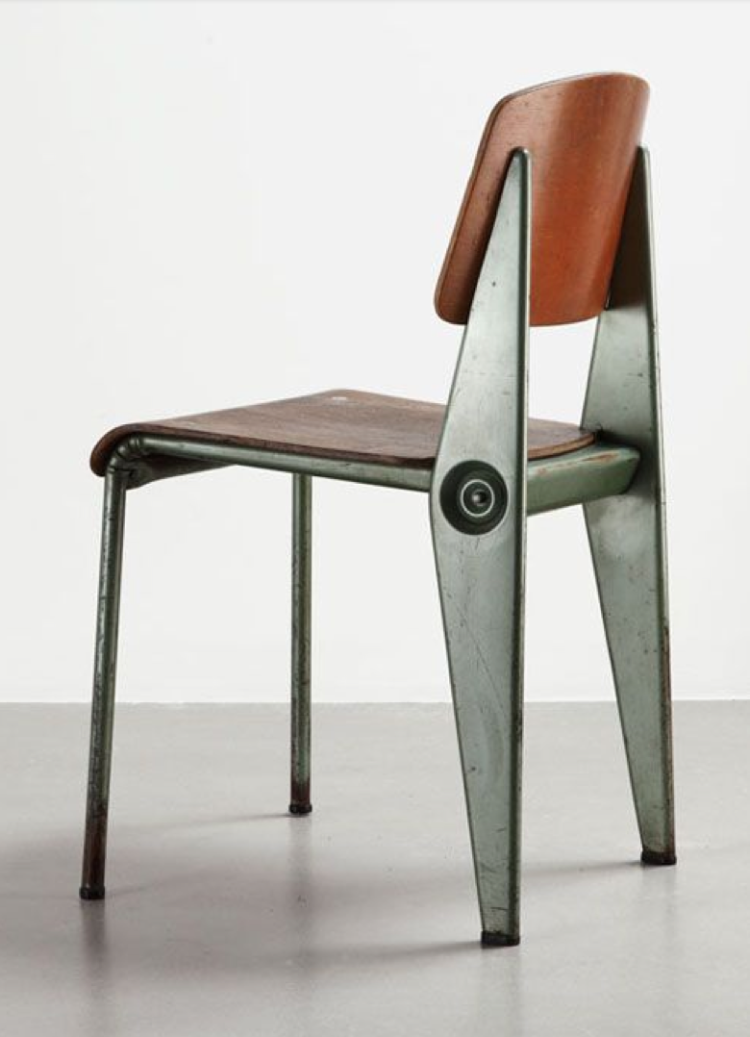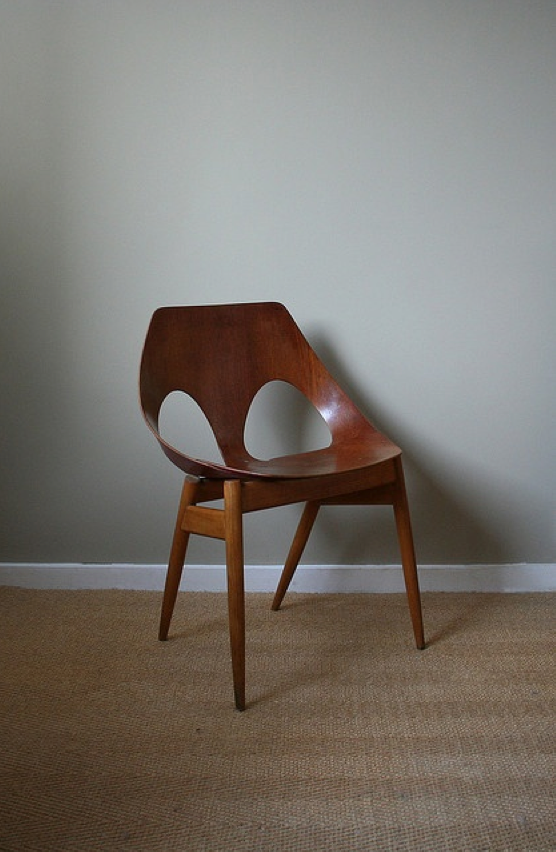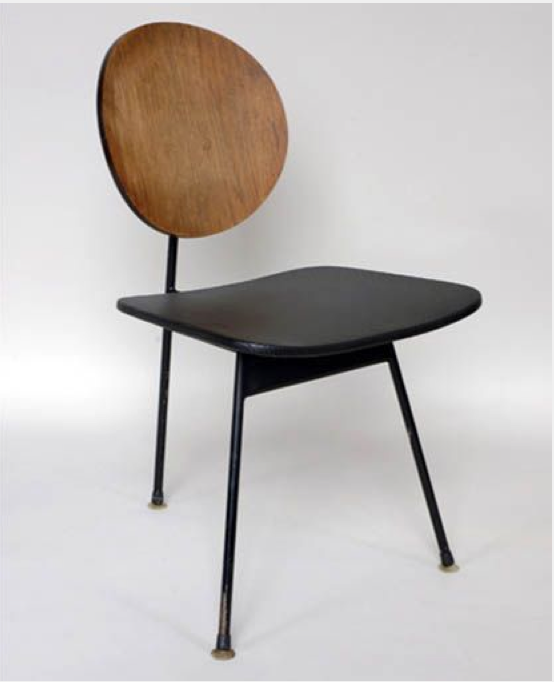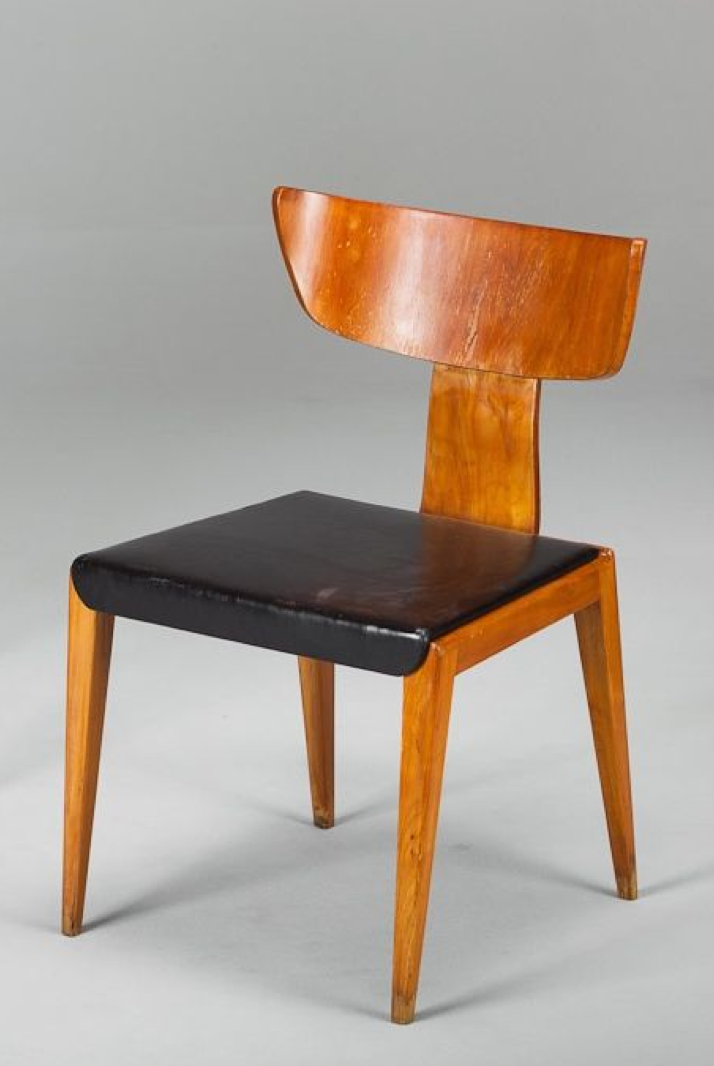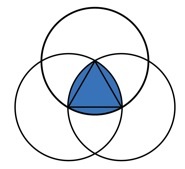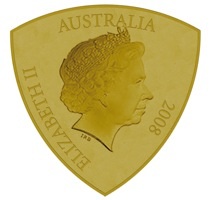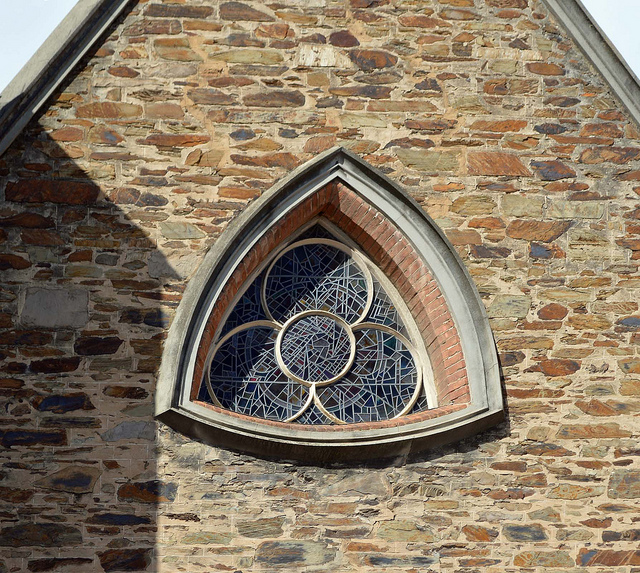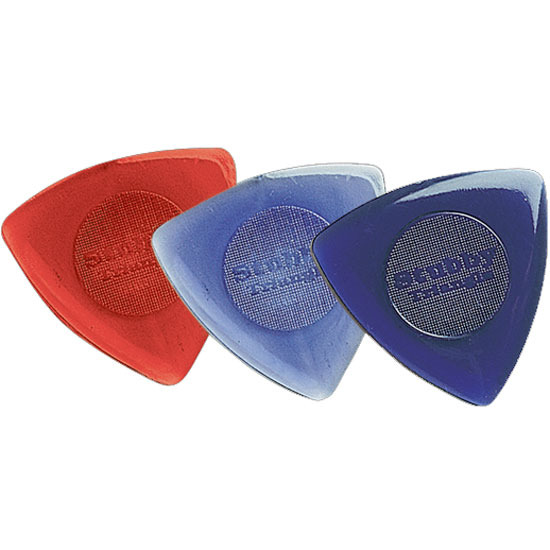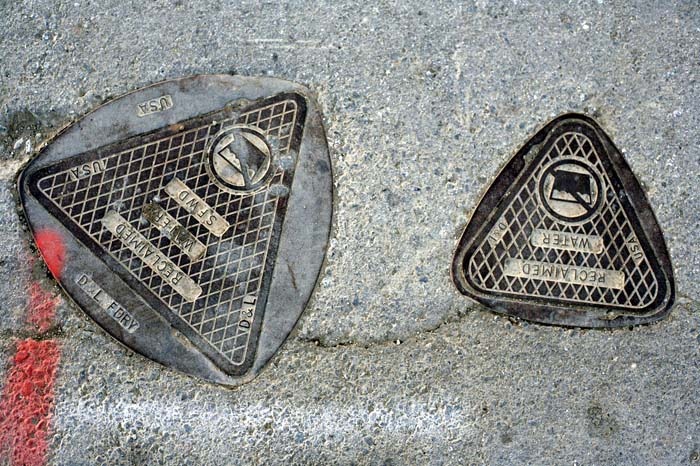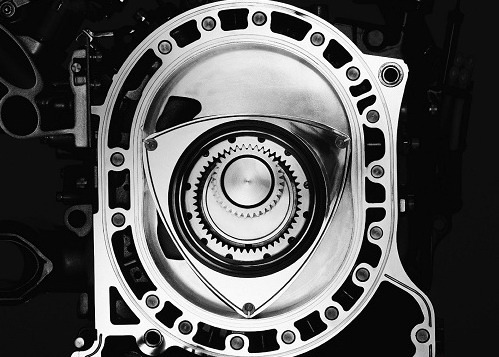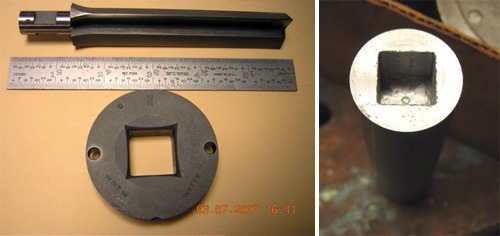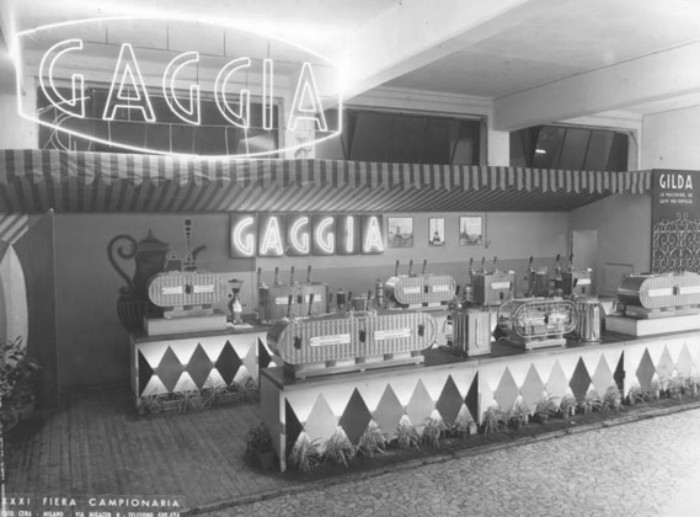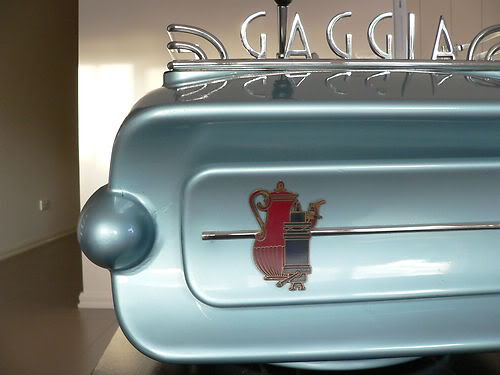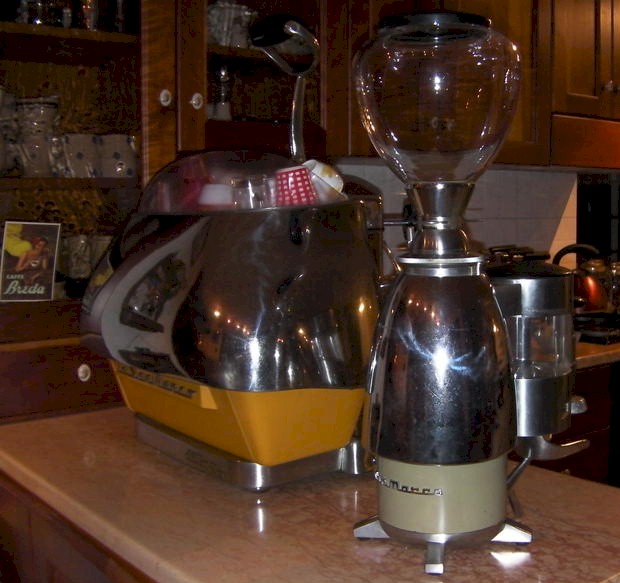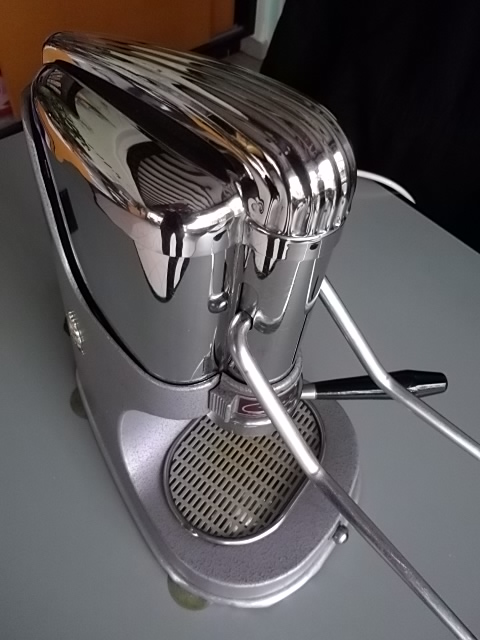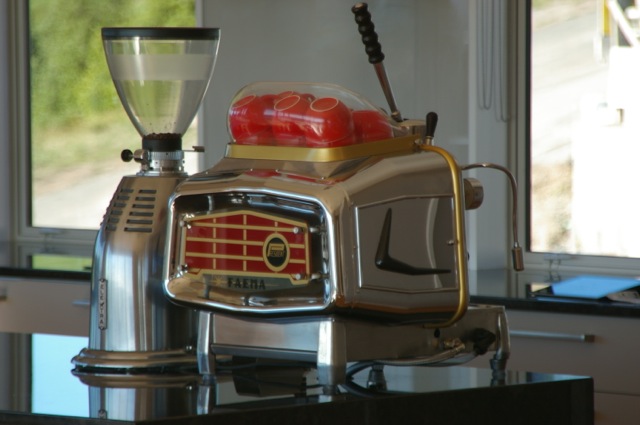Cameras and Guitars
 Tuesday, January 24, 2017 at 11:09AM
Tuesday, January 24, 2017 at 11:09AM I love old machines.
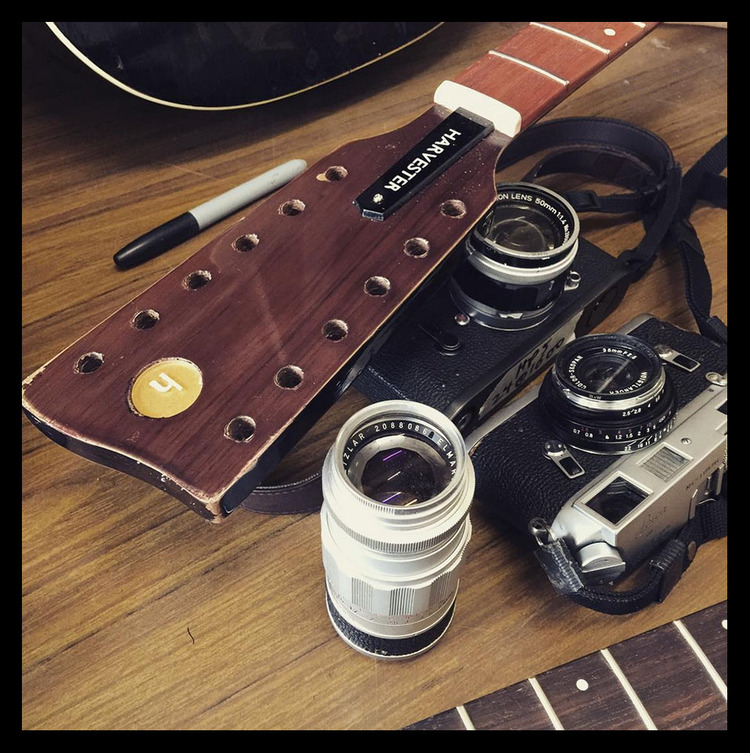
I think I've managed to cure myself of the guitar collecting bug ( by learning to make them instead ), however my love of analog photography ( we used to just call it 'photography' ) has resurfaced.
Here's my current favourite : a Kodak Panoram model 1d.
Built somewhere between 1908 and 1920 something, I can confidently call it 'around a hundred years old'.

It uses film that is still readily available and worked a treat the first time I loaded it up.
The Panoram cameras were a product of fin de siecle USA. Panoramic images were a popular way to depict the broad landscapes of the expanding American West or to show group shots of people or street scenes in the big cities. Visit any museum and you'll see images created by these Kodaks or their contemporaries.
This camera has a simple cigar-box style construction with a 'swing lens' - a spring-loaded moving lens which paints a band of light across an 18cm long negative ( giving 4 images per roll of 120 film ).


Wye River, Victoria. A year after the fires.

Just down the road from my workshop, Yarraville, Victoria.
*Note the distortion caused by tilting the camera and it's curved film-plane away from the horiontal. Many panoramic cameras have a small spirit-level built in to the body to combat this, but hey, I'm a guitarist, I enjoy a nice slice of distortion.
There are comparisons to be drawn between our beloved, old musical instruments and hi-fis, driven by valves ( vacuum tubes for my friends accross the pond ) and the archaic, clockwork and chemical processes of analog photography. I'm working on a nice long article detailing the overlap between these obsessions. In the meantime, I think of this NewYorker cartoon everytime I develop black and white film in the laundry sink or load an ancient, valve bass amp up a flight of stairs.
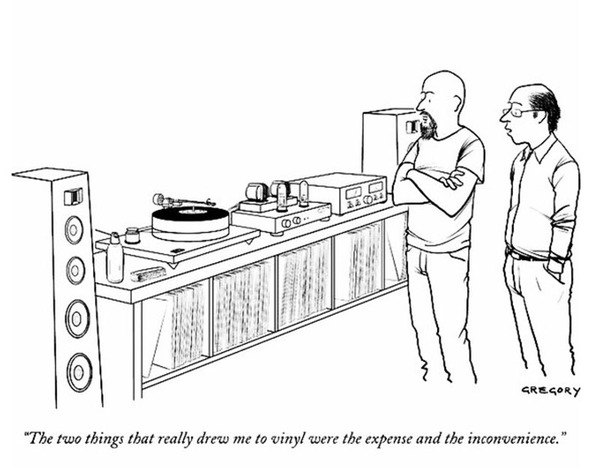
AP



